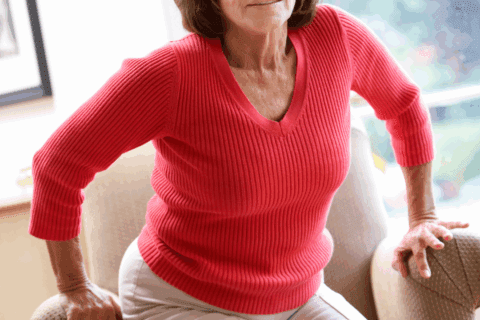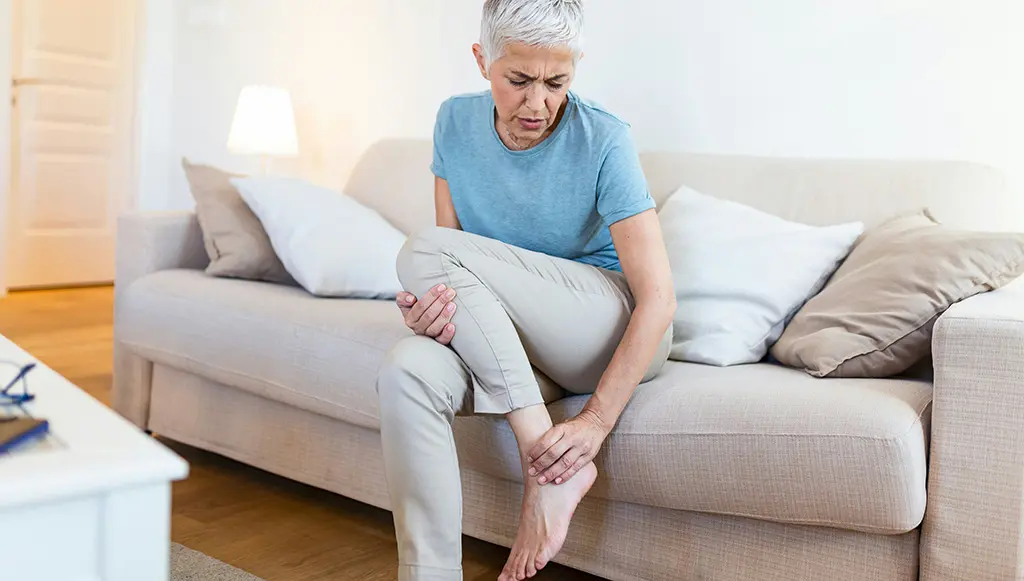 Arthritis, a chronic condition that affects the joints, can be unpredictable. At times, you might experience periods of increased symptoms known as flare-ups. These flare-ups can bring heightened pain, swelling, and reduced mobility, making everyday tasks challenging.
Arthritis, a chronic condition that affects the joints, can be unpredictable. At times, you might experience periods of increased symptoms known as flare-ups. These flare-ups can bring heightened pain, swelling, and reduced mobility, making everyday tasks challenging.
While managing flare-ups might seem daunting, employing a technique called pacing can be a game-changer in maintaining control over your arthritis symptoms.
In this article, we will explore the concept of pacing and how it can be a valuable tool for managing arthritis flare-ups effectively.
Understanding Arthritis Flare-Ups
Arthritis flare-ups are like unexpected storms in your joint landscape. They can be triggered by factors such as changes in weather, stress, physical activity, or even an unknown cause.
During flare-ups, symptoms intensify, making it crucial to find strategies that help reduce discomfort and regain a sense of control.
What is Pacing?
Pacing is a practical and mindful approach to managing your daily activities.
It involves finding a balance between rest and activity to prevent overexertion and minimise the risk of triggering or worsening a flare-up.
Pacing focuses on breaking tasks into manageable chunks and listening to your body’s cues to avoid pushing yourself too hard.
How Pacing Helps Manage Arthritis Flare-Ups:
#1. Conserves Energy: Pacing helps you distribute your energy throughout the day, which can help with exhaustion and reducing fatigue, a common symptom during flare-ups.
#2. Reduces Overexertion: By breaking tasks into smaller segments and taking breaks in between, pacing prevents overexertion of your joints and muscles, reducing the risk of increasing inflammation and pain.
#3. Promotes Joint Health: Pacing prevents excessive strain on your joints, allowing them to recover and reducing the chances of worsening arthritis symptoms.
#4. Enhances Mobility: Gradually engaging in physical activities and movements can help maintain joint flexibility and range of motion, even during flare-ups.
#5. Mental Well-Being: Pacing fosters a sense of accomplishment and control, reducing stress and anxiety that can often accompany arthritis flare-ups.
Practical Tips for Pacing During Flare-Ups:
#1. Set realistic goals. Break tasks into smaller, achievable goals to prevent overwhelming yourself. This strategy helps prevent overexertion, reduces the risk of flare-ups, and minimises fatigue. By setting realistic objectives and pacing yourself, you can accomplish tasks without overwhelming your joints, improving overall productivity and quality of life while effectively managing your condition.
#2. Listen to Your Body. Pay attention to signals of pain or fatigue. Rest when needed, and gradually resume activities once you feel better. Balancing activity and rest, and speaking with your doctor about medicines can all help you to manage pain. Learn to listen to your body and be guided by it. Try to space out your week’s activities to give yourself time to rest. If you are having a bad day, be ready to change your plans and not force yourself to work through pain
#3. Prioritise Activities. Focus on essential tasks and delegate or postpone non-urgent activities. By identifying essential tasks and focusing on them, you can conserve energy and reduce the risk of pain and fatigue. This approach allows for better planning and time management, making it easier to balance daily activities and rest, which can help improve overall quality of life while living with arthritis.
#4. Use Assistive Devices. Utilise tools like mobility aids or ergonomic equipment to reduce joint strain. These tools, such as canes, walkers, or jar openers, reduce the strain on joints and make daily tasks easier. They promote independence, relieve pain, and improve overall quality of life. Choosing the right assistive devices, along with guidance from a healthcare provider, such as an occupational therapist, can help you navigate your daily routines with greater comfort and ease. For more information, read our free infosheet on Working with your Healthcare Team about seeing an occupational therapist and read our article on Assistive Devices and Arthritis.
#5. Plan Rest Periods. Planning rest periods is essential for effective arthritis management. Overexertion can worsen joint pain and stiffness. Scheduled rest breaks during activities may help prevent fatigue and reduce the risk of overuse injuries. Making sure you get plenty of rest may help you sleep better, which can be important for managing arthritis-related fatigue.
#6. Stay Active. Engage in gentle exercises, such as stretching or walking, to maintain joint mobility without putting excessive stress on your body. Exercise has been proven by research to help with pain and other symptoms. Always start gently and slowly and build up as you become fitter and stronger.
#7. Acknowledge your feelings and seek support. As there is no cure for arthritis and it can affect many parts of your life, it is natural to feel scared, frustrated, sad and sometimes angry. Be aware of these feelings and get help if they start affecting your daily life. Inform friends, family, and colleagues about pacing strategies, seeking their understanding and support. For more information, read our free infosheet on Arthritis and Emotional Wellbeing.
Arthritis flare-ups can disrupt your daily routine, but pacing offers a powerful approach to regain control and manage symptoms effectively.
By finding a balance between rest and activity, pacing allows you to navigate through flare-ups with grace and resilience.
Remember, pacing is not about slowing down life but about optimising your energy and embracing a more manageable pace that promotes joint health and overall wellbeing.
With pacing as your ally, you can pave the way to a more balanced and fulfilling life, even in the face of arthritis flare-ups.
August 2023







